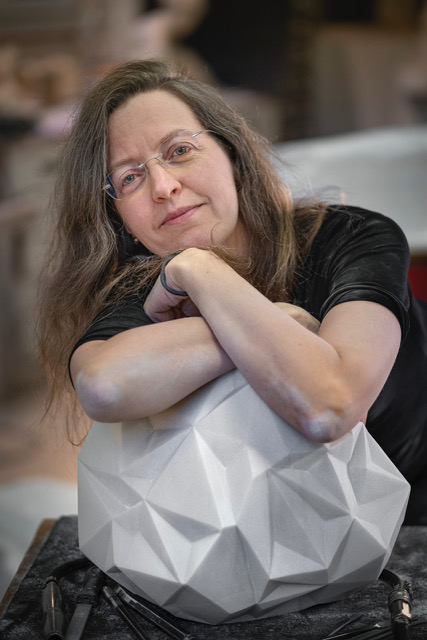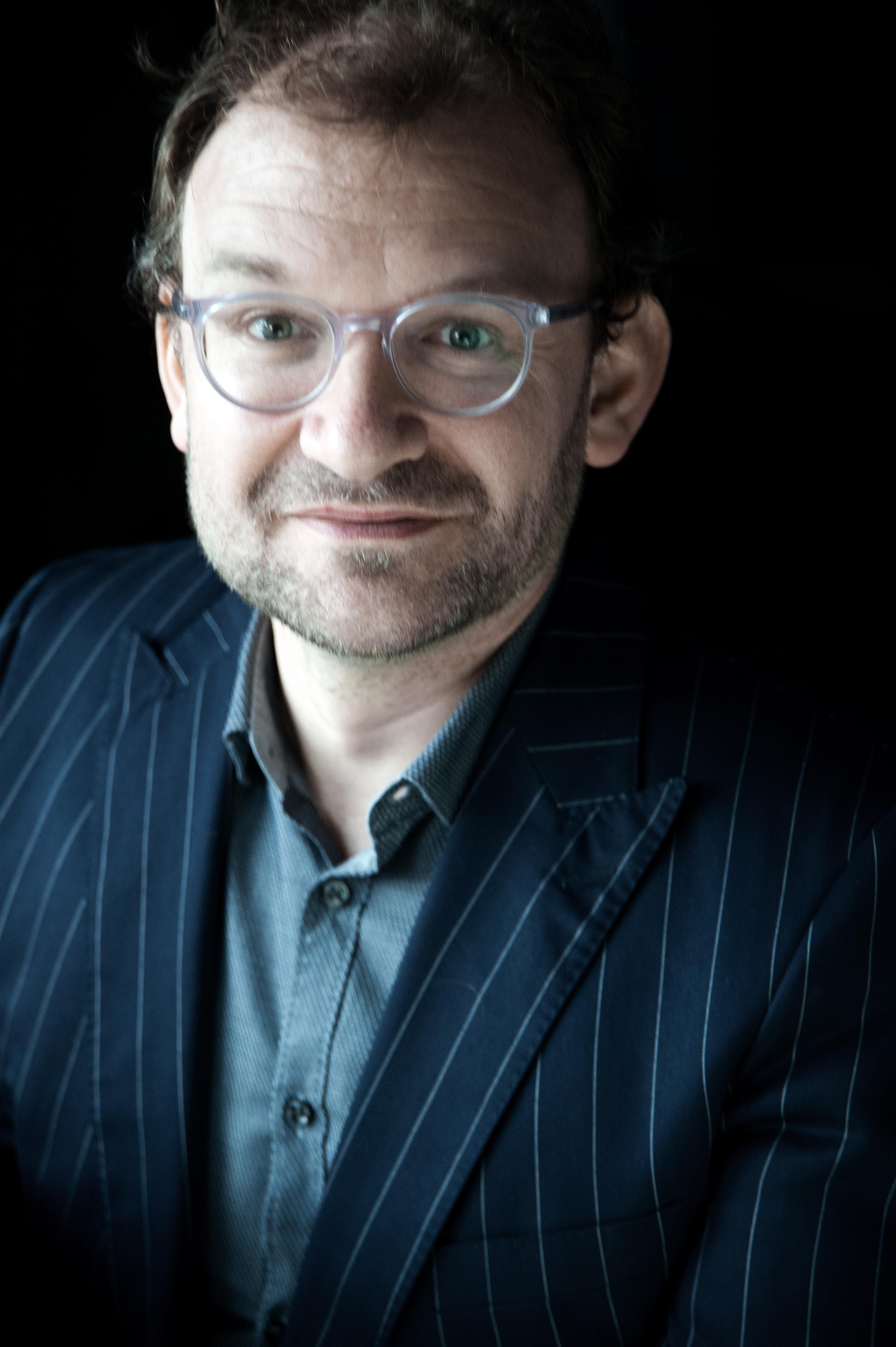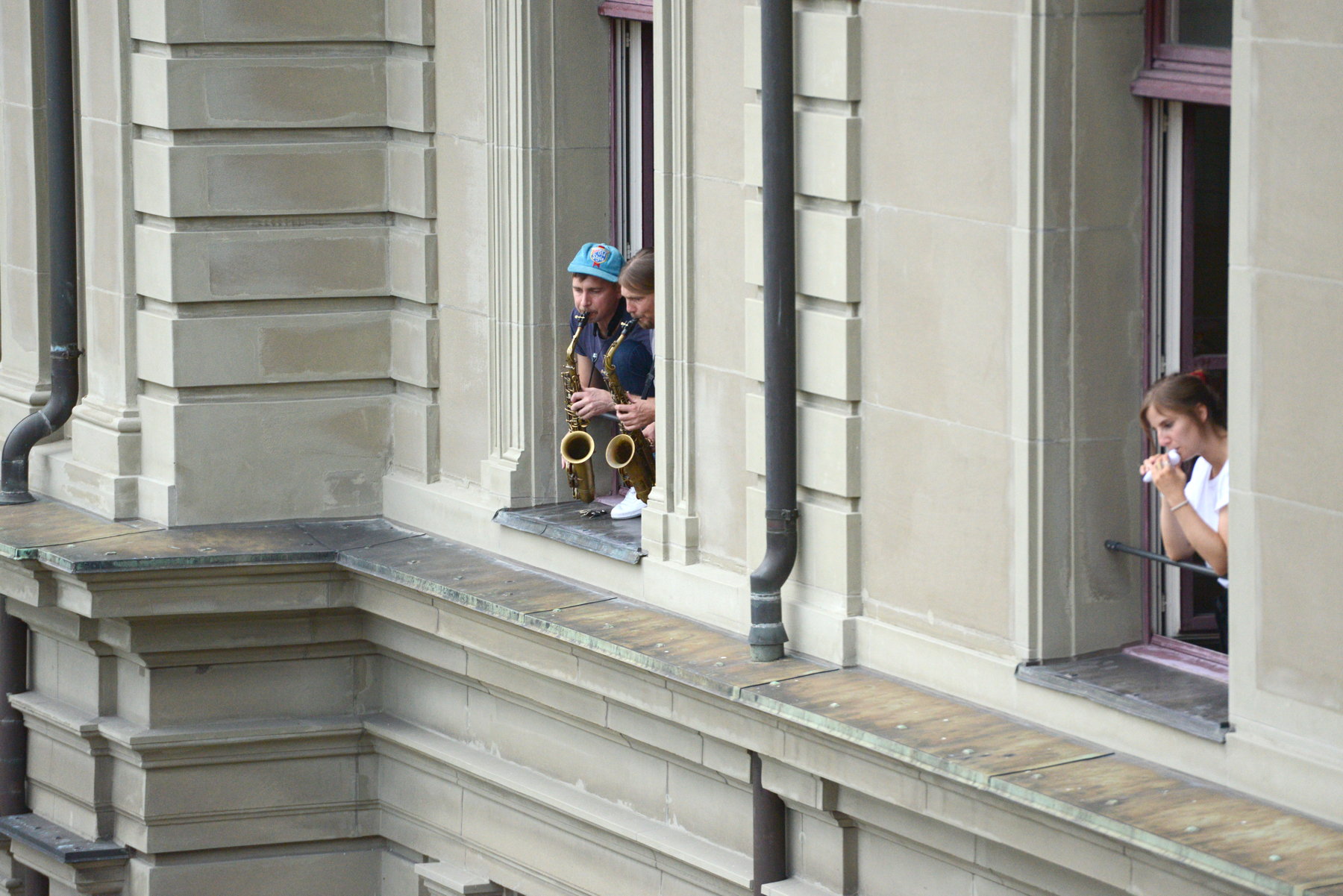Cécile Marti is both composer and sculptor. Being able to pursue these two activities makes her life balanced. On April 3rd 2023, her accordion quartet Spectra will be premiered by the Société de musique contemporaine Lausanne.

Friederike Kenneweg
“I like to emerge out of absolute silence and I try to maintain this silence for half the day if possible,” says Cécile Marti when we meet at noon for an online conversation. Her mornings are usually dedicated to composing. “Back then, when I came to composing, it grew out of absolute silence and I seek that experience again every day.”
From silence to composition
Cécile Marti had to find her way from silence back to sound after a stroke of fate hit her. Initially, as music-loving young woman, she had a completely different career in mind and wanted to become a violinist.
“I had focused my entire life on the violin, from childhood onwards there were only the violin and the profession of becoming a violinist for me.”
But when she suffered a stroke during her studies that made it impossible for her to play the violin, a long period of letting go followed.
“I had to go through deep worlds and hit rock bottom before I was able to rethink, reinvent and recreate my life from scratch.”
Success with bubble trip
Out of this process, she discovered the composition as a way of continuing to express herself musically, although in a completely different way. She studied with Dieter Ammann, Georg Friedrich Haas and Julian Anderson and soon had her first successes – for example with her orchestral work bubble trip(2004/2007), with which she won the international composition competition at the 9th Weimar Spring Festival for Contemporary Music in 2009.
In Switzerland, bubble trip was premiered in 2010 by the Lucerne Symphony Orchestra.
Quarter tones with the accordion
Cécile Marti has just completed the work Spectra for four accordions, which will be premiered by Ensemble Xamp at the beginning of April. The special feature is that two of the ensemble’s accordions are built in a way that they can produce quarter tones. Cécile Marti has used this opportunity to explore natural tone specters, as she had done in previous works.
Dancing Spectra for sextet from 2018, for instance also relies on natural tone specters as starting point.
Auch in für Sextett aus dem Jahr 2018 nahm Cécile Marti bereits Naturtonspektren zum Ausgangspunkt.
Stones in the afternoon
Cécile Marti devotes her afternoons to stone sculpture, which she discovered when she turned to composition.
Visual design runs in the family, her father worked as graphic designer and was constantly drawing drafts and sketches, while with her ceramist mother, she was often able to follow the process of creating clay pieces. “I grew up in her workshop, so to speak, and was allowed to witness how she shaped pots and bowls and how they were baked to come out of the kiln in all kinds of shapes and colours. That was very exciting.”
Today, she shapes sculptures from hard stone herself – an always challenging process that requires great concentration.
Processes and trajectories in stone and sound
The interaction between the two art forms Cécile Marti devotes herself to on a daily basis also finds its way into her works. In Five stages of a sculpture (2019) for ensemble and two solo violas, for example, five musical movements are presented opposite five different stages in the development of a sculpture. The ensemble symbolises the materiality of the stone, to which the viola voices gradually lend a new form.
Five Stages of a Sculpture by Cécile Marti, played by Ensemble Multilatérale.
Water Crystals from 2020 takes as its starting point various structures of water crystals that researcher Masuro Emoto photographed in different corners of the world in the 1990s. Violin and piano musically explore the hexagonal crystal structures in twelve aphoristic miniatures. Twelve white marble sculptures take a spatial-visual look at the same theme.
Cécile Marti, Water Cristals for violin and piano, 2020, Video 2021 ©Martin Messmer
Cécile Marti has found something fulfilling in her two fields of activity. “It’s just something wonderful and I want to be able to pass on and share this exciting experience” she says. Because shaping and designing also has something self-empowering about it.
“It’s about the form and shaping of our lives. Giving shape and form to our own lives, also in the sense of thinking life for oneself and shaping it from within, the self-determined shaping of our own lives from the bottom up.”
Friederike Kenneweg
Konzert: 3. April 2023, 19:00/20:15; Société de musique contemporaine Lausanne, Haute Ecole de Musique de Lausanne (HEMU)| Utopia 1 | Rue de la Grotte 2 | 1003 Lausanne: Das Ensemble Xamp spielt Werke von Cécile Marti und anderen Komponist:innen.
Cécile Marti, Steinskulpturen von Cécile Marti, Dieter Ammann, Julian Anderson, Georg Friedrich Haas, Ensemble Multilatérale, Luzerner Sinfonieorchester, Ensemble Xamp
Neo Profile:
Cécile Marti, Dieter Ammann, Georg Friedrich Haas, Luzerner Sinfonieorchester, SMC Lausanne




